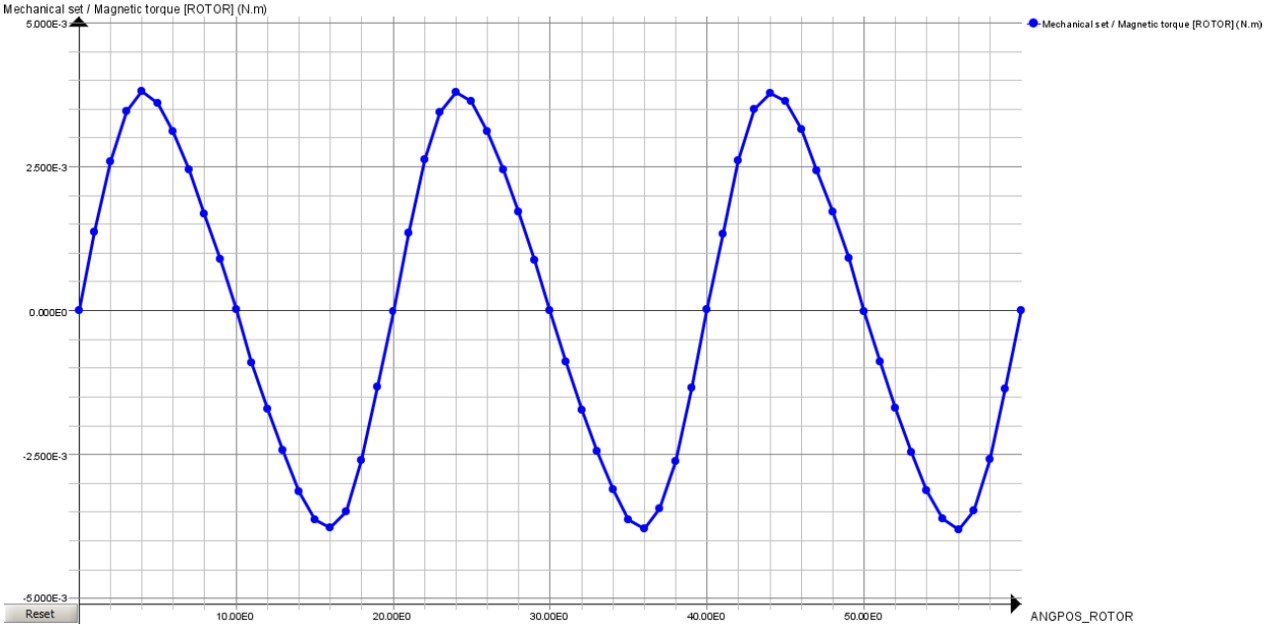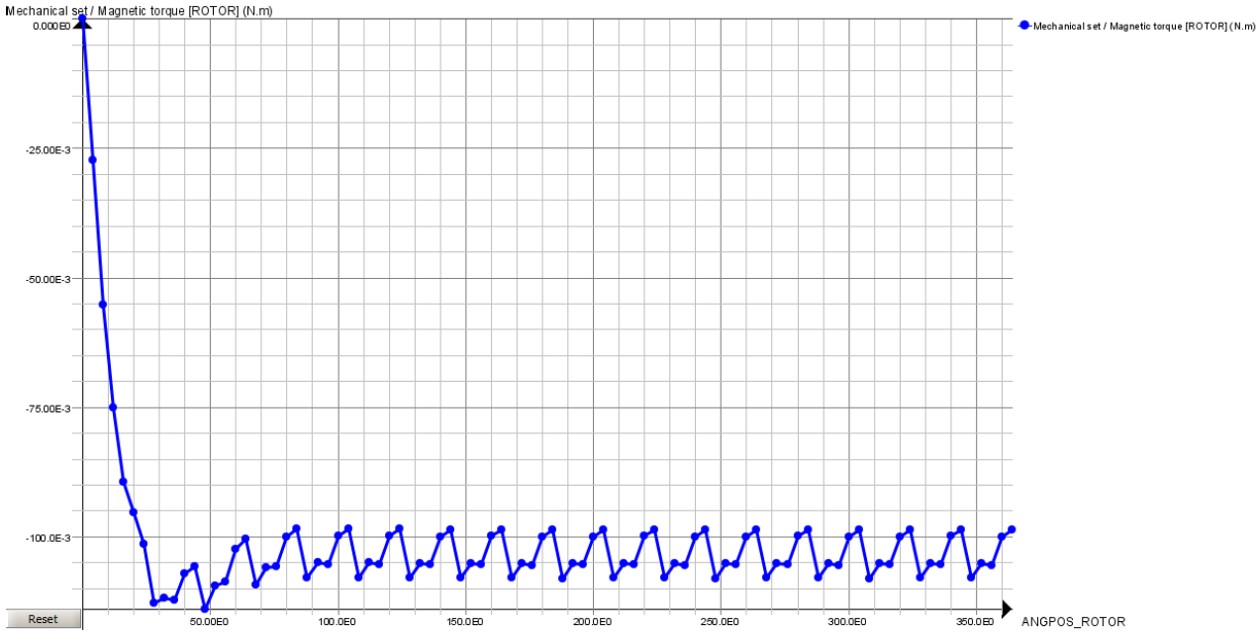| Technical Name | Optimization and Analysis of Brushless DC Motor for Electric Hand Tool | ||
|---|---|---|---|
| Project Operator | National Taiwan University of Science and Technology | ||
| Project Host | 蕭鈞毓 | ||
| Summary | In this study, the electric hand tool machine produced by the brand B of the commercially available electric hand tool machine manufacturer was used, and the internal motor brushless motor was used as a prototype for improvement and optimization. |
||
| Scientific Breakthrough | The high-efficiency motors for hand-tool machines developed in this research have a 3.88% increase in efficiency, 70% reduction in cogging torque, 70% reduction in harmonic content, and 26.3% increase in power density, as significant benefits for improving the energy efficiency of the motor and improving the running characteristics. |
||
| Industrial Applicability | This research focuses on the vibration of electric hand tools during operation and optimizes the motors for high-efficiency hand tools, which can be transferred to production and application in the corporate world, such as: assembly of auto parts, motors, refrigerators, air conditioners, biotechnology and large household appliances, manufacture and assembly of communication cabinet devices, etc. |
||
| Keyword | finite element method motor efficiency cogging torque Taguchi optimization speed and current closed loop control permanent magnet brushless control strategy orthogonal table variance analysis external rotation motor internal rotation motor | ||
- yuhsiao@mail.ntust.edu.tw
other people also saw







